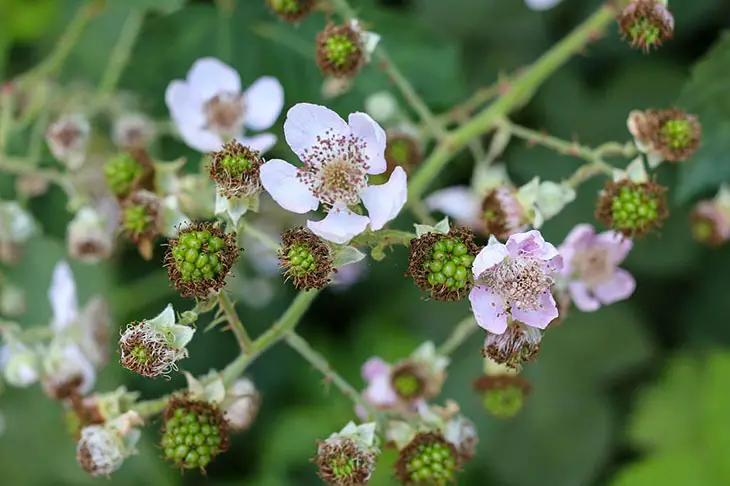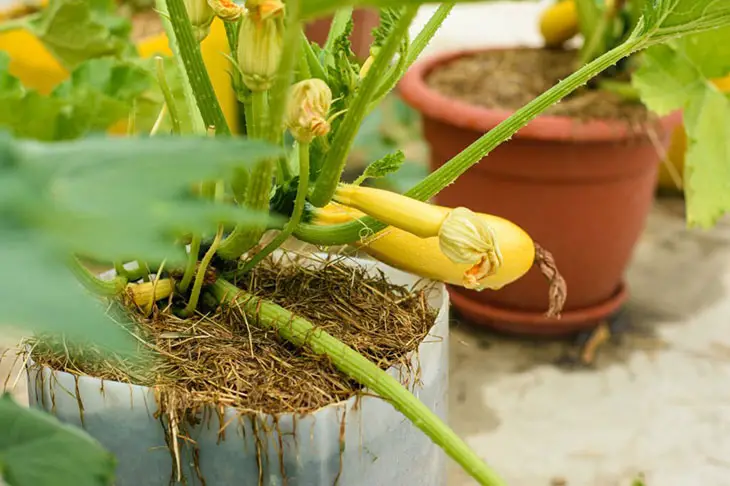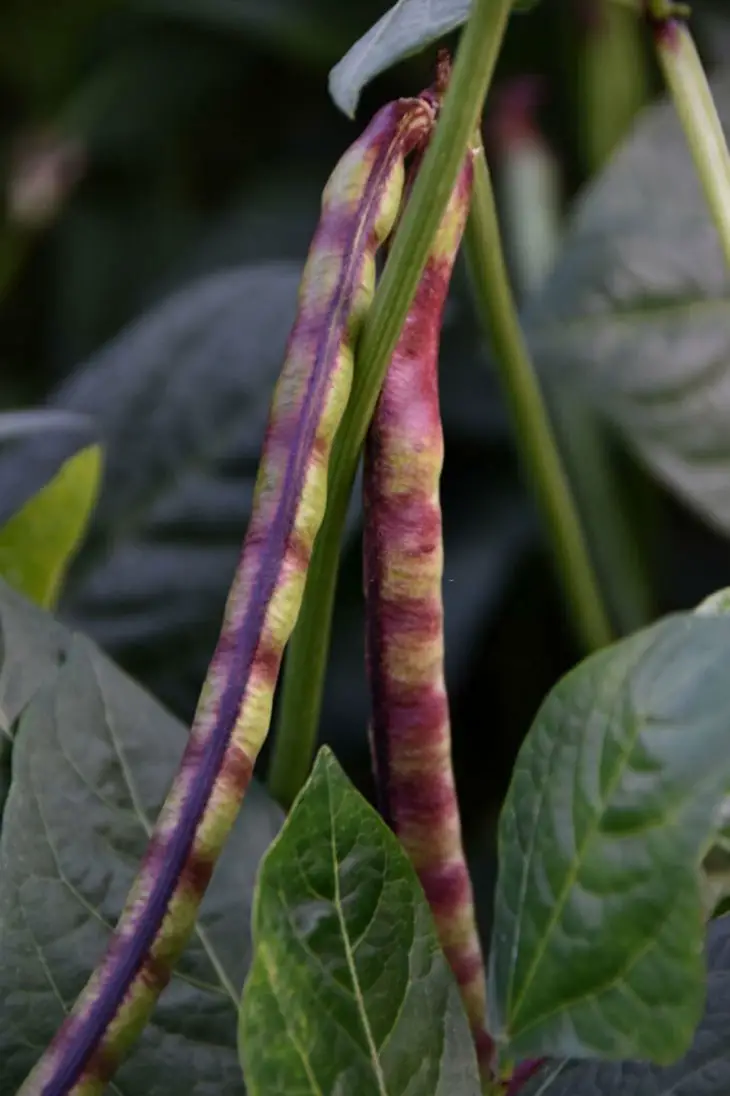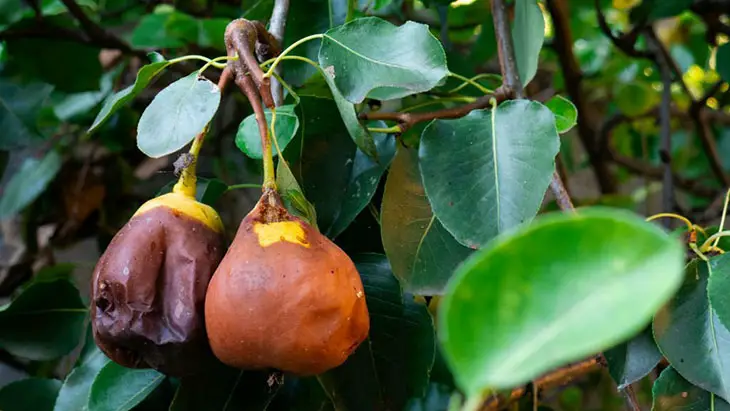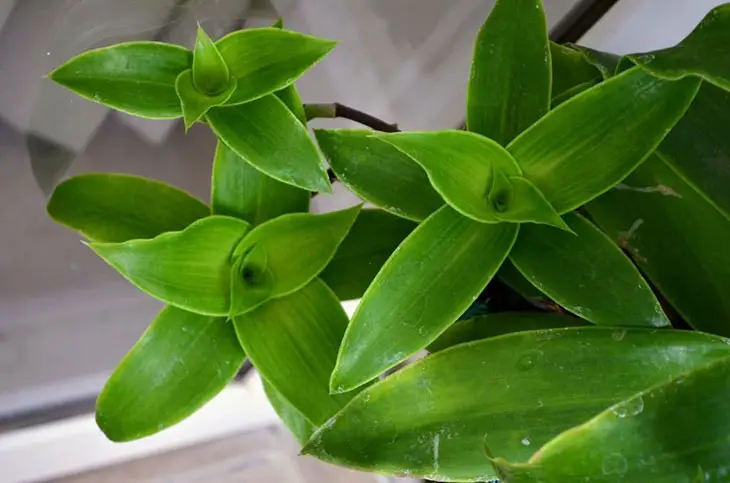
With its cascading vines and attractive foliage, it’s no wonder why Callisia Fragranst has gained popularity among plant enthusiasts.
However, it’s important to understand the Callisia Fragrans plant care requirements to ensure your plants thrive and remain healthy.
In this comprehensive plant care guide, let’s explore everything you need to know to keep your plants thriving.
From the ideal lighting conditions to the right watering schedule and even propagation techniques, I’ve got you covered!
Overview Of Callisia Fragrans
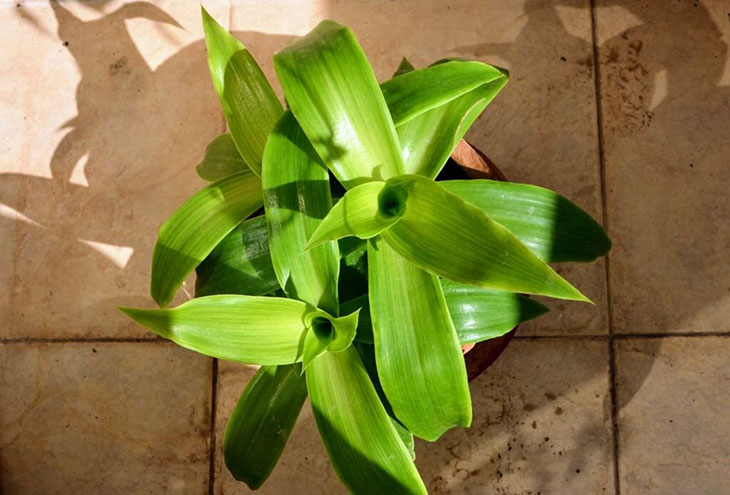
Before diving into the caring, let’s investigate the characteristics, common varieties, habitats, and uses of Callisia fragrans first.
Characteristics
Callisia fragrans, also known as the Basket Plant or Chain Plant, possesses several distinctive characteristics that make it a sought-after choice for indoor plant enthusiasts:
- Foliage: The most striking feature of this subtropical plant is its lance-shaped leaves, typically dark green with rich purple undersides. These fleshy leaves grow alternately along the creeping stems, creating an eye-catching contrast.
- Growth Habit: The purple callisia fragrans exhibit a cascading or trailing growth habit, making them well-suited for hanging baskets or as ground cover in containers. Its long, flexible stems can grow up to several feet in length.
- Flowers: While Callisia fragrans occasionally produce small, individual flowers, they are not the plant’s main attraction. The primary focus of this species lies in its attractive foliage rather than its blooms.
Common Varieties
Several common varieties of the Callisia fragrans basket plant offer unique leaf patterns and colors, adding to the visual appeal of this plant:
- Callisia fragrans ‘Melnikoff’: The intriguing silver-green color and stunning purple undersides of the leaves make this cultivar stand out. It is an attractive option for plant lovers due to its contrasting hues.
- Callisia fragrans ‘Gold Stripe’: True to its name, this variety showcases leaves adorned with prominent golden stripes running down the center. These golden accents create a vibrant and eye-catching display.
Habitat
The Basket plant callisia fragrans hails from the tropical and subtropical regions of Central and Southern United States, including countries like Mexico and Guatemala.
This resilient plant adapts to various environments, thriving as an understorey species in tropical forests, basking in indirect sunlight (and even grow light) filtering through dense canopies.
Along riverbanks and in moist locales, it perseveres, tolerating periodic inundation.
You can easily encounter it in subtropical regions, where warm temperatures and high humidity levels bolster its bushy growth.
The plant withstands occasional temperature variations while favoring consistently balmy conditions.
Uses
- Ornamental Plant: Calisia fragrans is primarily a decorative house plant due to its attractive green leaves and cascading growth habit. It can be displayed in hanging baskets with flowers, as a ground cover, or in pots.
- Air Purification: Like many indoor plants, the tree improves indoor air circulation by absorbing airborne pollutants and releasing oxygen. Its presence can create a healthier indoor environment.
- Traditional Medicine: In some traditional medicinal practices, certain parts of the plant material have been used for their purported healing properties.
However, it’s important to note that plant diversity is not widely recognized for medicinal purposes in modern medicine. Medical professionals should approach any such uses with caution.
- Propagation: Callisia plants are relatively easy to propagate through stem cuttings.
Callisia Fragrans Plant Care
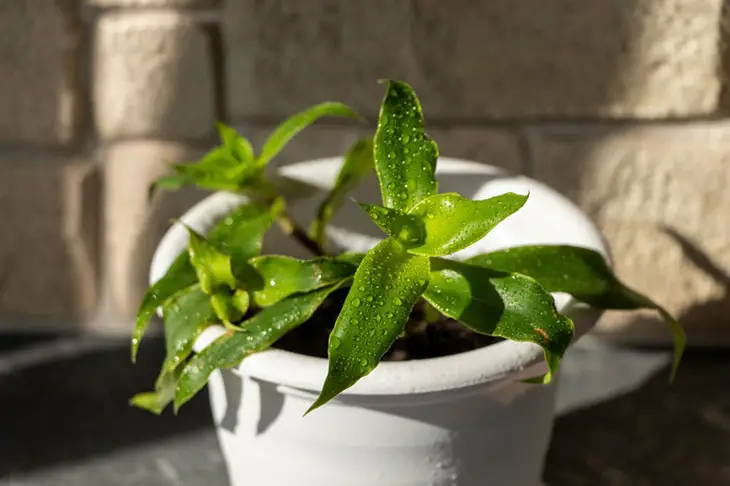
To care for Callisia plants, provide bright light, allowing the top inch of garden soil to dry before watering moderately.
Fertilize with a balanced liquid fertilizer, and trim for a fuller appearance. Repot every 1-2 years in a slightly larger pot to maintain its health and vigor.
Sunlight
Callisia fragrans loves bright and indirect sunlight. Therefore, I usually place it near an east or west-facing window where it can receive filtered sunlight daily.
If partial shade is insufficient, you can supplement it with artificial light. Also, avoid exposing it to harsh, direct sunlight, which can damage their leaves.
Water
For proper watering, adopt a balanced approach. Check the soil’s top inch (approximately 2.5 cm) and water when it feels dry to the touch.
During the active growth period of indoor Callisia fragrans plants (typically from late spring to early autumn), water more frequently, making sure the soil remains moist.
It should stay consistently but not overly wet, as excess moisture is the shortest way to root rot.
In natural winter months (or rest periods), when the tree’s growth slows, reduce watering and let the soil slightly dry between waterings.
Then, adjust your watering schedule as needed, considering the specific conditions in your home, as they can affect the hardy plant’s moisture requirements.
Soil
For optimal growth, choose well-drained soil for your mature plants. Opt for a potting mix that contains peat, ensuring it allows water to flow through effectively, thus preventing root waterlogging.
Consider using a combination designed for succulents or cacti, which works effectively.
Ensure your plant pot has drainage holes to ensure proper water drainage and avoid the risk of root rot.
Fertilizer
The golden time for fertilizing your Callisia fragrans is the growing season.
I recommend using a balanced liquid fertilizer, preferably the organic matter designed for houseplants, with equal proportions of phosphorus, nitrogen, and potassium (NPK).
Because the Callisia fragrans flower doesn’t require heavy feedings, dilute the fertilizer to half or a fourth of the prescribed concentration.
In dry weather, reduce or suspend fertilization until the growing season resumes.
Pruning
Pruning is a significant part of caring for entire plants as it helps keep the tree’s shape and encourages it to grow bushier.
Trim off any excessively long or leggy stems to promote a fuller look. You can pinch the stem tips to stimulate more branching and fuller foliage.
Regular cuttings in spring are vital for preserving your plant’s attractive appearance and preventing it from getting too unruly.
Remember to use sharp, clean pruning shears or scissors for precise cuts, and avoid removing more than a third of the plants at once to reduce stress on them.
Repotting
To ensure your Callisia fragrans continues to thrive:
- Consider repotting it every 1-2 years, typically in the spring.
- Choose a pot larger than its current one, ensuring it has drainage holes.
- Fill the new pot with a well-draining, fresh potting soil mix and carefully transfer your plant.
- After repotting, allow it some time to adjust before resuming your regular care routine.
This practice provides more space for perfect plant growth and rejuvenates the moist soil for a healthier plant.
Callisia Fragrans Common Problems
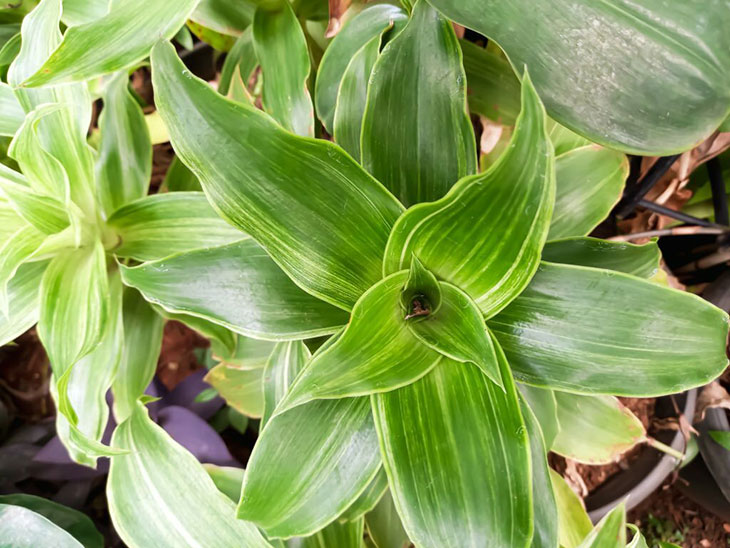
Leaf-Spot Disease
The leaf-spot disease in Callisia fragrans appears as dark, water-soaked spots on the purple leaves, typically caused by fungi or bacteria.
To manage this issue, isolate diseased plants, prune away infected leaves, improve air circulation, reduce additional humidity, and consider using a suitable fungicide for houseplants.
Powdery Mildew
Powdery mildew shows as a white, powdery substance on the foliage, stems, and even blossoms of Callisia fragrans. Humidity makes this fungus more active.
To combat powdery mildew, improve airflow, maintain a moderate humidity level, prune the problematic areas, and think about applying a fungicide approved for powdery mildew on indoor plants.
Botrytis
Botrytis, also known as gray mold, can affect Callisia fragrans. It manifests as brown or gray fuzzy spots on leaves and stems. This fungal issue thrives in overly humid conditions.
To manage Botrytis:
- Improve air circulation around the plants.
- Reduce humidity levels in the plant’s environment.
- Promptly remove and discard affected parts to prevent further spread.
- Consider using a suitable fungicide labeled for Botrytis on houseplants.
Pets
Pets who consume Callisia fragrans may become poisoned. Keeping the plant out of cats’, dogs’, or other curious animals’ reach is critical.
Consider purchasing non-toxic houseplants if you have pets to protect the well-being of your four-legged family members.
Furthermore, consult a veterinarian immediately if you think your domestic animals may have consumed any part of the tree and are acting sick.
FAQs
How Often Should You Water Callisia?
The frequency of watering Callisia fragrans depends on factors like temperature, humidity, and the specific conditions in your home.
In general, water when the soil’s top inch (about 2.5 cm) feels dry. You’ll water more frequently from spring through early autumn, maintaining the ground remains consistently moist but not waterlogged.
Conversely, reduce watering and let the soil partially dry out among waterings to prevent drowning and root rot in colder months.
Is Callisia Fragrans An Indoor Plant?
Yes, Callisia fragrans is commonly grown as an indoor plant. It’s well-suited to indoor conditions and popular for adding greenery and charm to homes and offices.
Do Callisia Fragrans Flower?
Yes, Callisia fragrans can produce small, inconspicuous white or pink flowers.
But the blooms are not the focal point of this species, and many growers may never see them unless the plant is in ideal conditions for flowering.
Conclusion
Callisia fragrans, or the Basket Plant, is a charming and low-maintenance addition to your indoor plant collection.
By following the Callisia Fragrans plant care tips mentioned in today’s post, you can create an environment where your Callisia Fragrans thrives, displaying its cascading vines and lush foliage to their full potential.
With a little love and attention, your ornamental will continue bringing beauty and greenery to your living space for years. Happy gardening!
